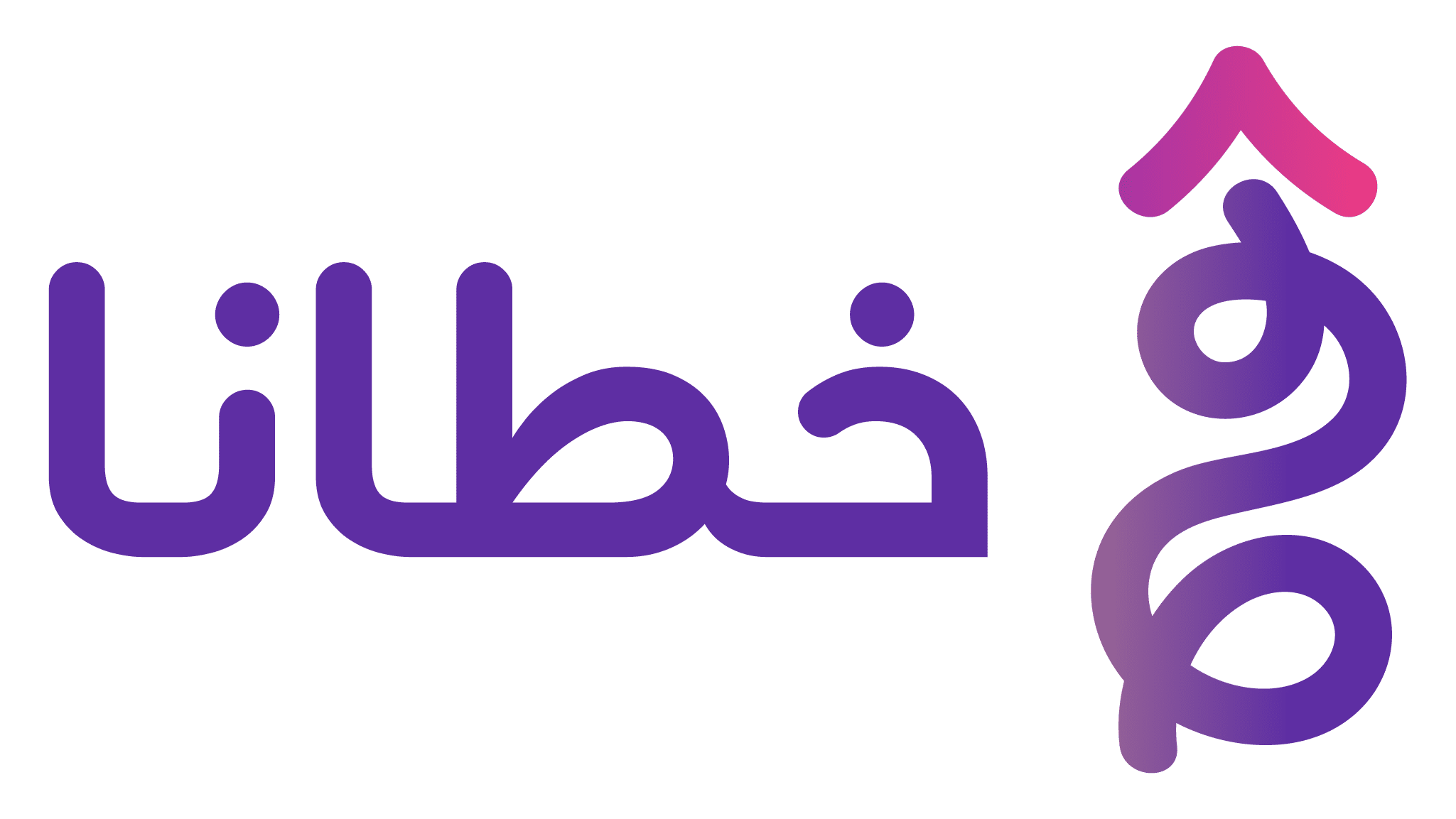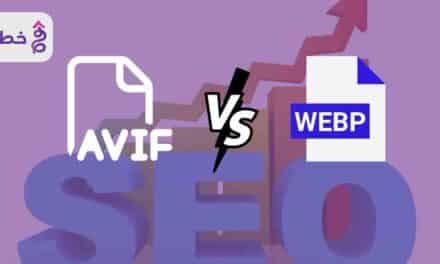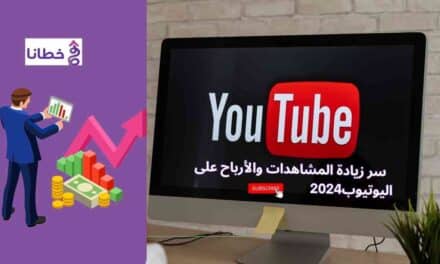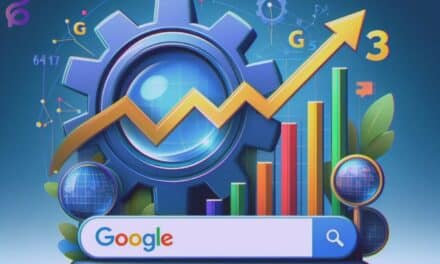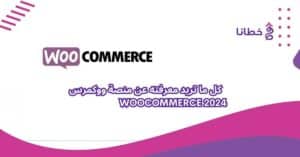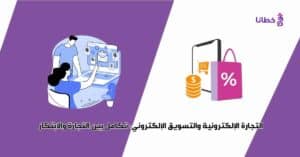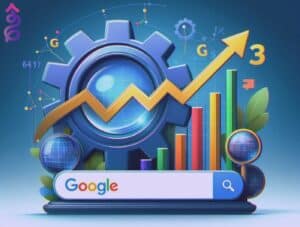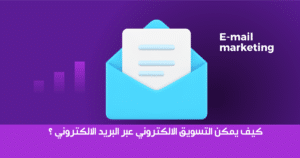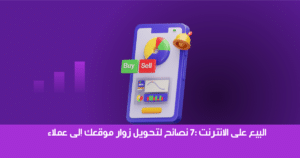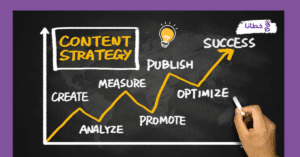table of contents
How to Optimize On-Page SEO: On-page SEO is the process of optimizing blog posts and website pages to improve search rankings. If you want better rankings for your content, you need to do two basic things:
- Create useful and interesting content, helping Google understand your page and show it to more people.
- Balancing these two ideas is the goal of on-page SEO.
Now, let’s learn how to optimize your on-page search engine. Follow along. On-page search engine optimization, or what’s called on-page SEO, includes a set of factors:
1- Intention:
This factor is very important in on-page SEO: to rank, your content must match the user’s intent. A search engine’s goal is to display content that meets a user’s search. No amount of keywords, metadata, or internal links will help an article rank highly if it doesn’t provide the user with what they’re looking for. Conversely, if your content matches the user’s search intent, this will significantly boost your content’s ranking.
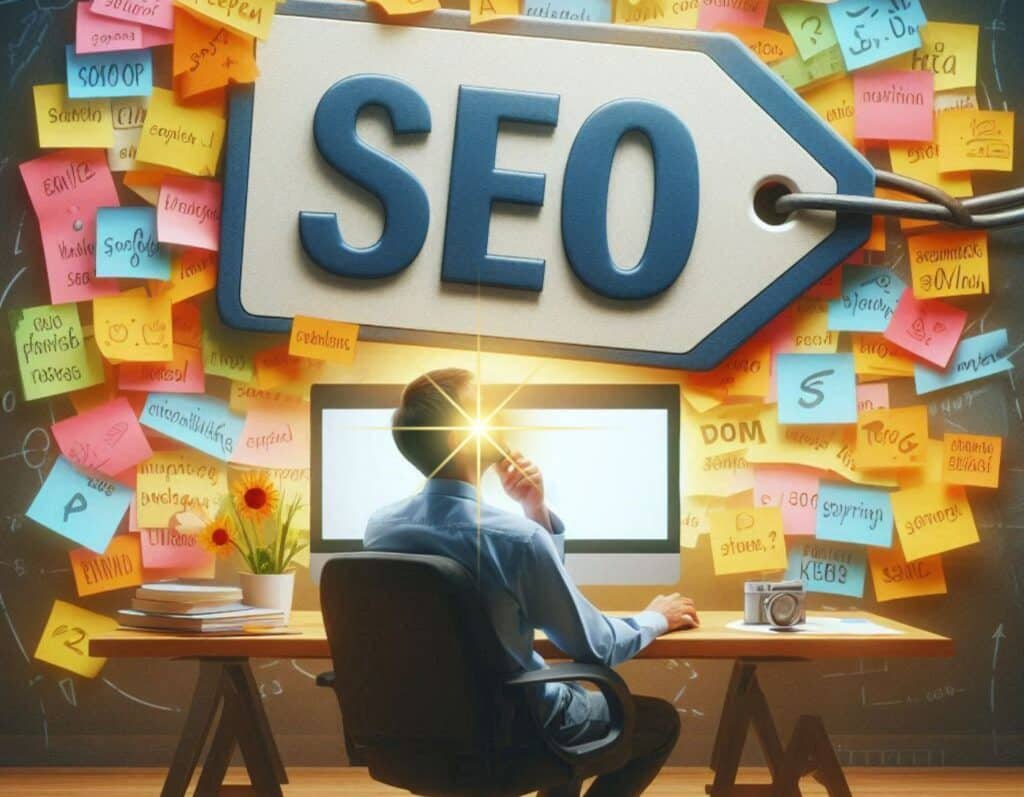
How to determine user search intent
A keyword like “how to unlock an iPhone if you forgot the passcode” makes it easy to guess the intent behind the search. The information is already there: Searchers want to know how to unlock an iPhone if they forgot the passcode. But it’s difficult to deduce the intent behind the word “iPhone” from the keyword alone. Does the searcher want to purchase software to help unlock an iPhone? Do they want a simple method or detailed solutions for unlocking an iPhone? Should we write about iPhone unlocking software or stick to traditional methods?
This information isn’t in the keyword, but it is in the search results. If an article ranks well for a particular keyword, it’s likely giving searchers what they want. So, the current search results can provide a roadmap to help you understand the intent and match content to that intent. To determine search intent, look at the top results on Google and identify the three elements of search intent:
- Content approach: What approach do the top-ranking articles take? Are they all about “best,” “cheapest,” or “beginner-friendly”?
- Content Type: What type of content is prevalent? Is it a blog post, product page, video, or something else?
- Content format: Are all the first results guides, lists, reviews, or comparisons?
In most cases, your content should take a similar approach to content that already ranks well (similar, but not identical). With that, we’ve covered the first factor in on-page SEO, and now it’s time to focus on the other finer details of on-page SEO.
2- Covering the topic comprehensively:
If a reader clicks on an article titled “How to Unlock an iPhone If You Forgot Your Passcode,” there’s a good chance they’ll end up feeling extremely frustrated if the article omits important steps, such as offering some new methods if traditional methods fail. Well-optimized content is comprehensive: it covers all steps of the process, lists all the resources the reader needs, answers all the questions that need to be answered and doesn’t leave out any important information about the topic.
Comprehensive content is great for readers, but it also increases the likelihood of your article ranking well on search engines. It’s important that the content is comprehensive and includes relevant subtopics. However, this doesn’t mean writing something too long. Content can be comprehensive, informative, or short—it depends on the topic. If the reader is looking for a quick and simple way, long articles can sometimes hinder them.
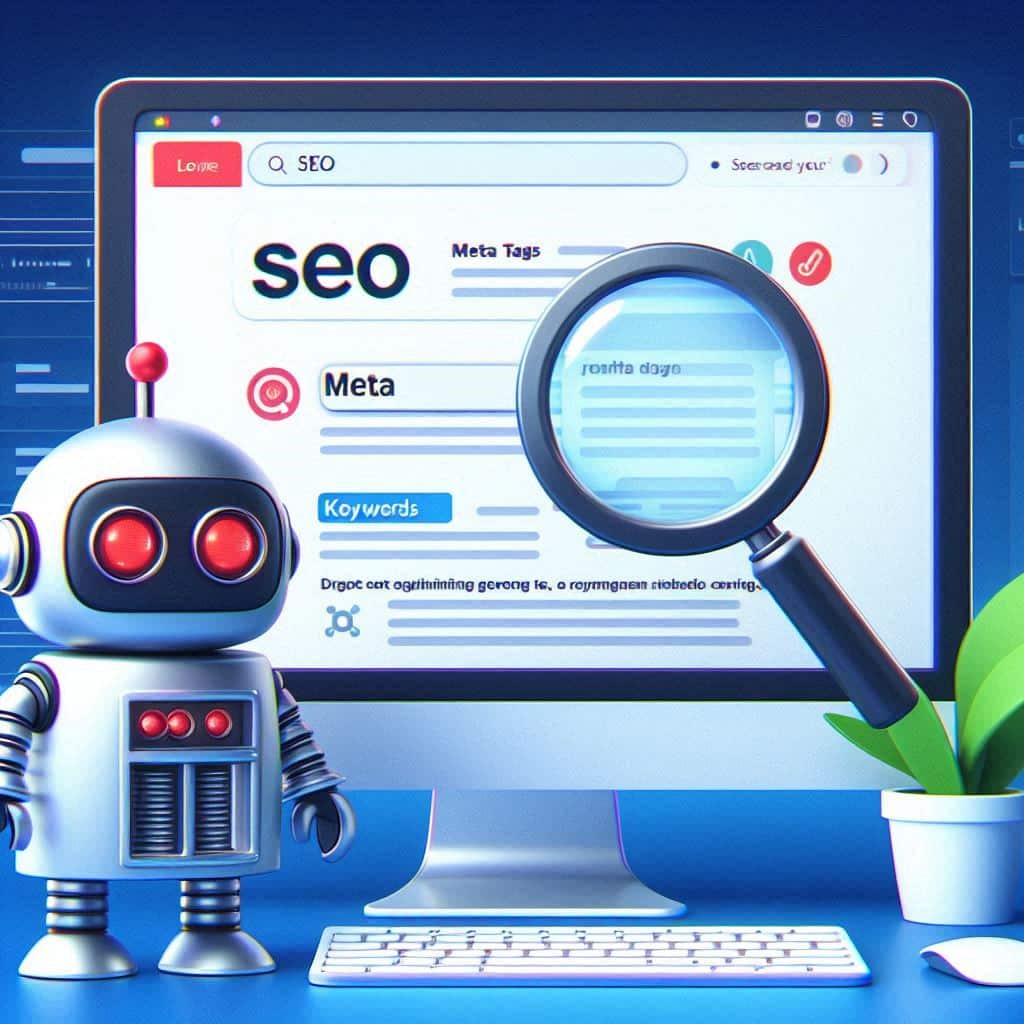
3- Organize the content logically:
If you’re looking for on-page SEO, know that a clear, logical structure makes it easier for both readers and robots to understand your page’s topic and find relevant information.
1- Using HTML header tags
There are no hard and fast rules for heading tags, but as a general guide, try:
- Use a single <
> tag and keep it the same as the <<العنوان>> tag (this helps make the main theme of your page very clear).
- Use
(and beyond) for sections that support your main points, such as examples or related ideas.
- HTML header tags help divide content into logical sections that are easy to navigate.
- Good use of subheadings will make your content easier to read.
- Use <
> tags for key points on your page.
2- Pay attention to pictures and lists.
No one likes reading text without images. Lists and images can make your content look better, encouraging readers to stay longer. A bonus: Any images you include can also be ranked in Google Image Search and in special search features called Image Packages. In both cases, sharing descriptive information about your images can bring more traffic to your site. This requires:
- 1- Use descriptive file names.
- 3- Provide an explanation of the image.
- 2- Include alternative text.
3- Improve featured snippets
Featured snippets are special search results placed above the main results in a location known as “position zero.” In searches, Google places a snippet of a highly ranked page to show to users. There are a lot of queries that have featured snippets, so it’s worth trying to win this one, as featured snippets are a shortcut to getting to the top of Google.
4- Use a short and descriptive URL.
It’s helpful to use a short, descriptive URL that highlights the main topic of the page. As Google explains in its SEO Starter Guide: “Parts of a URL can be displayed in search results as breadcrumbs, so users can also use URLs to understand whether a result is useful to them.” Adding your keyword to your URL won’t boost search performance, but it will boost the reader’s confidence that your page is relevant to their query.
4- Make your article interesting:
The article should be interesting. Pit two highly optimized articles against each other. The one that’s better written, provides original data or shares a strong opinion will earn clicks. Try to capture more clicks with your title and meta description. Even if you manage to get your article to the top of the SERPs, you still need to convince the reader to click on your article and read it. And most of the time, this hinges on a great title:
- Keep it short – less than 70 characters is best to avoid it taking away part of the title.
- Tap into your reader’s curiosity (but be careful to provide the information they need).
- Include the keyword, or a close variation of it if it makes more sense.
- Match the search intent – Tell searchers you have what they want.
- Include the year for topics that require freshness.
The same principles apply to your page’s meta description. Google typically rewrites most meta descriptions, but if they don’t, write something that will interest the reader and encourage them to click.
How to Write an Irresistible Title in 3 Easy Steps
Grab your reader’s attention with a stunning introduction. The introduction of your page is the first barrier between you and the reader. Your first few sentences have a huge impact on whether a visitor bounces back or continues reading, so make a great first impression. You can grab the reader’s attention with a relevant short story or personal experience—or simply answer a question the reader is interested in—in the introduction.
In conclusion, in this article, we’ve discussed on-page SEO. On-page SEO can often help your content rise to the top of search results but don’t be discouraged if your efforts don’t pay off right away. Search results change, information changes, and your expertise, and opinions change. In some cases, even the intent behind the search can change. If your rankings don’t improve, it’s worth trying to update or improve your content again.
Questions about the article How to Optimize On-Page SEO
How can you improve your page ranking?
If potential customers visit your website pages more often, it will improve your ranking. Google will notice that users are spending more time on your page and interacting with it, which will improve your site’s ranking in search results. Content creation is one of the many SEO factors that positively impact your site’s ranking.
How can I improve my search engine ranking?
Second, be sure to create long-form content that comprehensively covers your target topic. Our analysis of Google’s key ranking factors shows that the average first-page result on Google contains 1,447 words. From my experience, I can confirm that longer content typically achieves better search engine rankings.
Can you do search engine optimization yourself?
Search engine optimization (SEO) doesn’t always require expert help. Anyone can study SEO best practices and use its tools to optimize your website internally.
How to get a higher ranking on Google:
Target long-tail, attractive keywords.
Write extensive content on the topic.
Improve on-page SEO.
Target reasonable keywords.
Make your information easy to read.
Add meaningful images.
Write clear sentences.
Check the intent.
We respect and value your time... half an hour to grow your project
